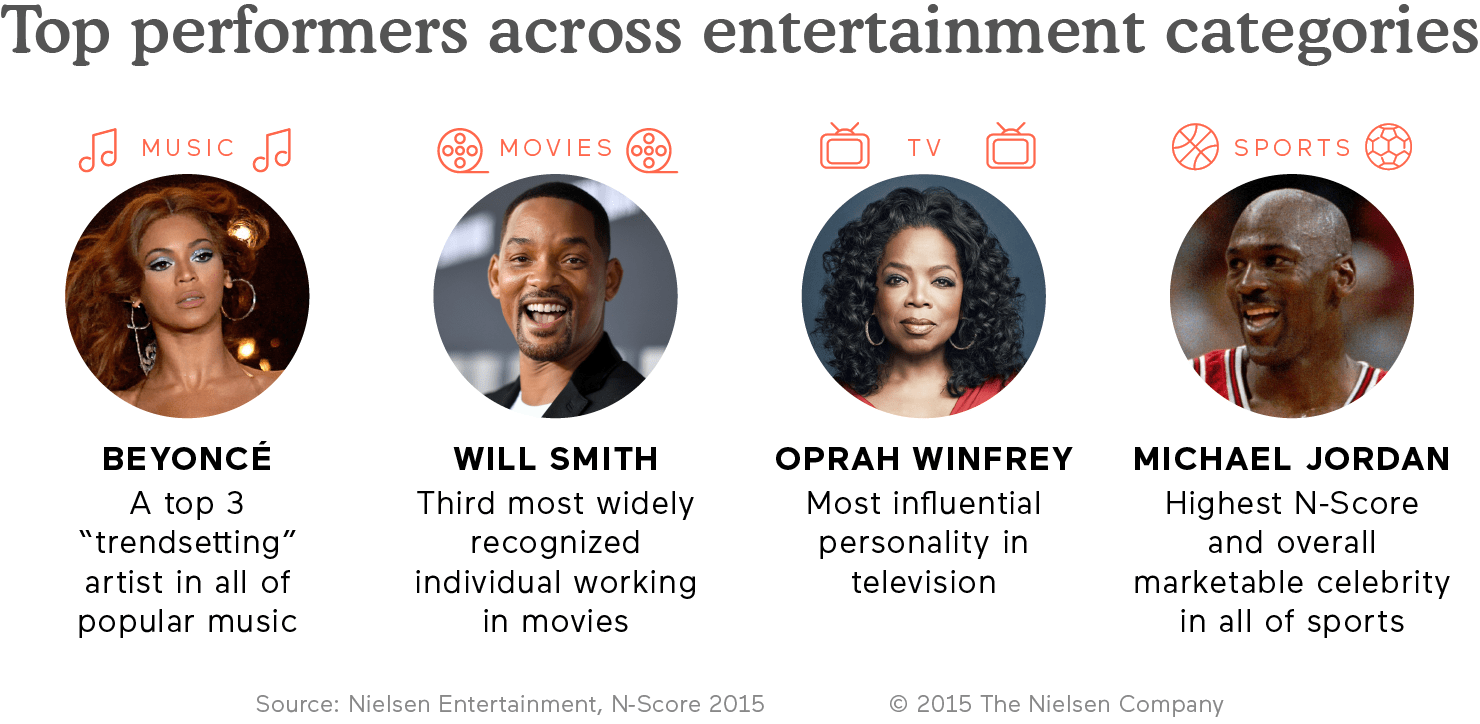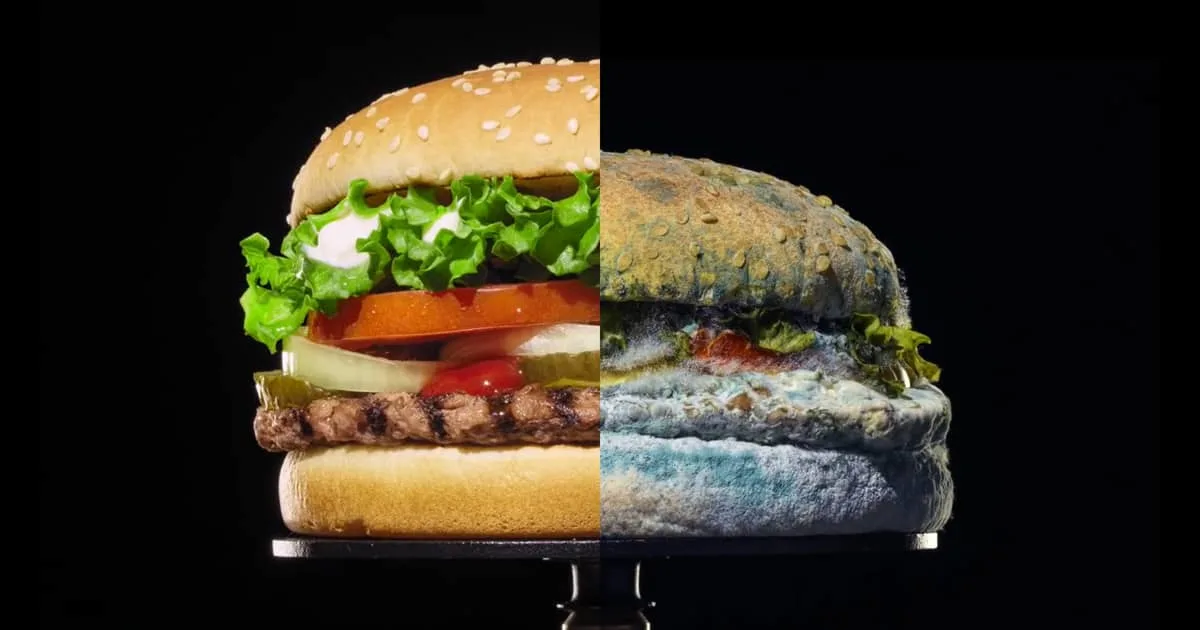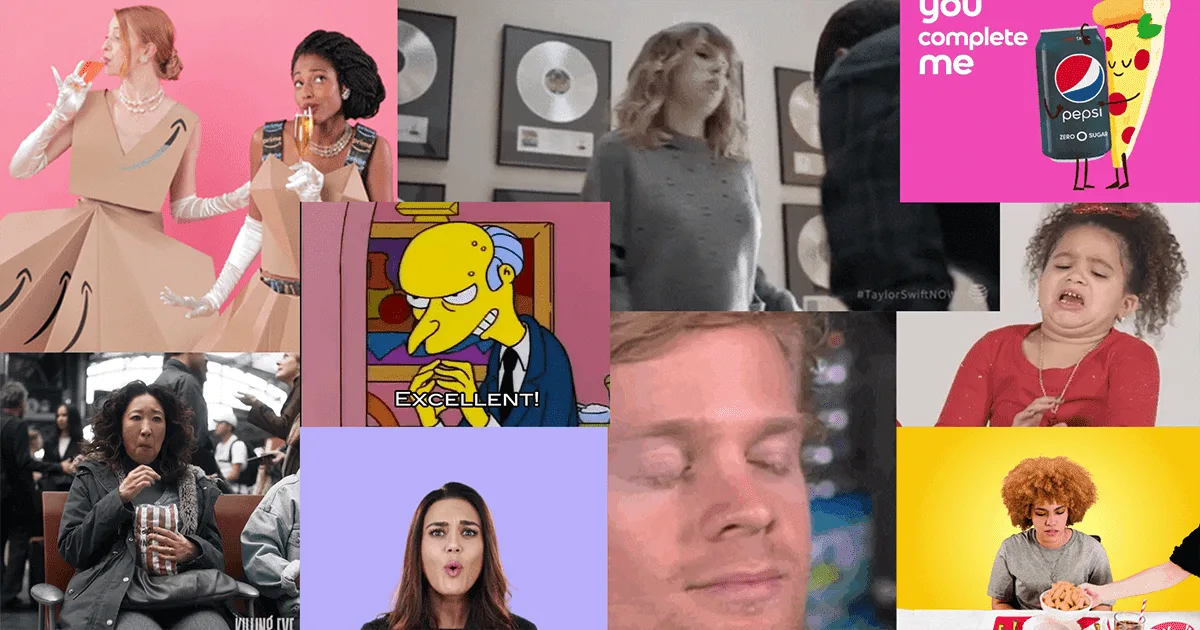Over the last year or so, we’ve seen a major QSR campaign (Popeye’s Chicken Sandwich), and a major streaming service movie campaign (Netflix’s Bird Box) flourish once social media’s most active and engaged community, Black Twitter, got involved. The question now is, when will we see a major brand player intentionally and unapologetically target Black Twitter? Popeye’s came the closest. For other brands, there are many resources available to help them succeed within this space, but they’ve got to make a concerted effort to do so.
The timing is right

There has never been a better time for brands to tap into black culture. A recent Nielsen report indicated that 44% of African Americans earning over $100,000 per year use social media to show support for their favorite companies or brands. These households are also 142% more likely to react more positively than non-Hispanic whites about seeing other celebrities in the media that share their ethnic background. Furthermore, according to Nielsen’s findings, African American star power has become the most influential across all major entertainment categories. The following graphic indicates the top performers across each category based on their Nielsen score.

Further, it’s worth mentioning that African Americans also command $1.3 trillion per year in buying power, according to a 2019 Nielsen report. Black Twitter has proven to be a window into insightful and organic conversations, while boasting an ability to drive both social change and purchasing influence.

Its LIT 🔥
Oh, how easy it would be if I were able to approach a brand and say “Hey! if you want your social campaign to be lit, you need to intentionally target and integrate Black Twitter into your strategy.” Many of the decision-making stakeholders within these brands are either out of touch with this particular vernacular or genuinely don’t understand or identify with the approach. Hmmm, so how about we breakdown the word “lit” in a way a brand can understand.


Lit is...success! A “lit” campaign is highly engaging, it’s generating more sales, and driving more traffic to your channels than ever before. Essentially, if your campaign is “lit,” you’ve hit on any and every one of your campaign’s KPIs, and overall vastly exceeded expectations! Think the chicken sandwich wars initiated by Popeyes and amplified by Black Twitter. Or how about the “Choose Your Own Adventure: Beyonce’s Assistant for a Day” challenge, which was created by Black Twitter’s own, Green Chyna. What brand wouldn’t want this level of success?
So how do you achieve this?
The single most important resource needed to succeed within this strategy centers around “The People.” Simple as it may sound, brands need black people in order to reach black people. Journalist Brittany King’s article: “This Black Woman Is Putting an End to the ‘Mad Men’ Era of Advertising,” highlights a 2017 playbook published by 72AndSunny that shows the advertising industry was 81 percent white and only 19 percent people of color. African Americans made up 5.8 percent of that latter figure. How many times have we witnessed a brand attempting to reach this demographic only to see things fall flat or be called out for being insensitive? You can bet that the lack of black faces within the process flow of idea to execution is the reason for a campaign’s failure in this capacity. We saw Dove attempt to promote diversity within a 2017 body lotion ad, only to have it backfire and be deemed racially insensitive. This could have been avoided by simply going the extra mile to pass their messaging through the appropriate internal lens before launching.
Now that we’ve established that, let’s circle back. We’ve seen Netflix achieve success by leaving the door open for engagement without directly targeting the Black Twitter community. We’ve seen other brands achieve success by targeting the black community long before the emergence of Black Twitter: McDonald’s with its Oh Snap campaign, or Coca-Cola’s Alway’s Coca-Cola campaign. We must now push forward and encourage brands to take that next step. Through my experience working in the social media space working on behalf of prominent consumer brands, I believe I’ve identified an underlying formula that translates into social media success.
The formula is as follows:


Engaging Content
This can be defined as many things. We all have different interests and tastes, so who’s to decide on what a piece of engaging content looks like. So let’s keep it simple. This is content that makes a person stop what they’re doing to spend time and energy to read and take in your message. This is music, videos, movies, a good gif with good copy, a photo, even something as simple as an engaging, well written tweet. Buzzfeed does an excellent job highlighting some of the more engaging pieces of Black Twitter content—most of which comes from users expressing free, organic thought. Brands can start here as they evaluate what types of Black Twitter conversation topics typically promote the most engagement.
Tapping Into Culturally Shared Experiences
Now this is the tricky part of the formula, because it is very easy for brands to be labeled as insensitive when attempting to highlight a culturally shared experience. The key is to be clever in communicating your approach. Do your research on the experience you wish to highlight and utilize the appropriate people throughout the process. No idea should be finalized without passing through your internal lenses of black employees. Especially considering black culture lives and breathes off of these experiences. Many of us come from similar backgrounds, and were instilled with similar values and beliefs. As a result, if a brand targets one of these shared experiences within their messaging, they’re setting themselves up to reach a broad audience, while also maintaining authenticity. This ultimately helps a brand resonate with black consumers.
In psychology, this concept is known as collective memory and defined here by Henry L. Roediger III and Magdalena Abelas of Washington University’s Dept of Psychology as: “a shared pool of memories, knowledge and information of a social group that is significantly associated with the group’s identity.” This is part of the reason why campaigns that promote nostalgia and family are typically successful. Karla Cook, author of 15 Ads that prove Nostalgia is a Powerful Marketing Tactic, describes it as the advertising equivalent to comfort food. She goes on to explain how nostalgia marketing gives consumers the feeling of continuity and meaning, while transporting them to a simpler time that they already know was great. Nintendo executed this with their Two Brothers ad in promotion of the Nintendo switch.
This is just a POV from someone who’s currently in the trenches of the social media marketing space. As both a black marketer and a black consumer, I yearn for the day that a major brand takes that next step. For there is indeed a cultural renaissance happening through social media, and I’m proud to say that it’s being driven by black culture. So who’s ready to hand Black Twitter the keys?


